Interview: McSorley’s Historian Bill Wander Fills Us In on the Secrets of NYC’s Oldest Bar
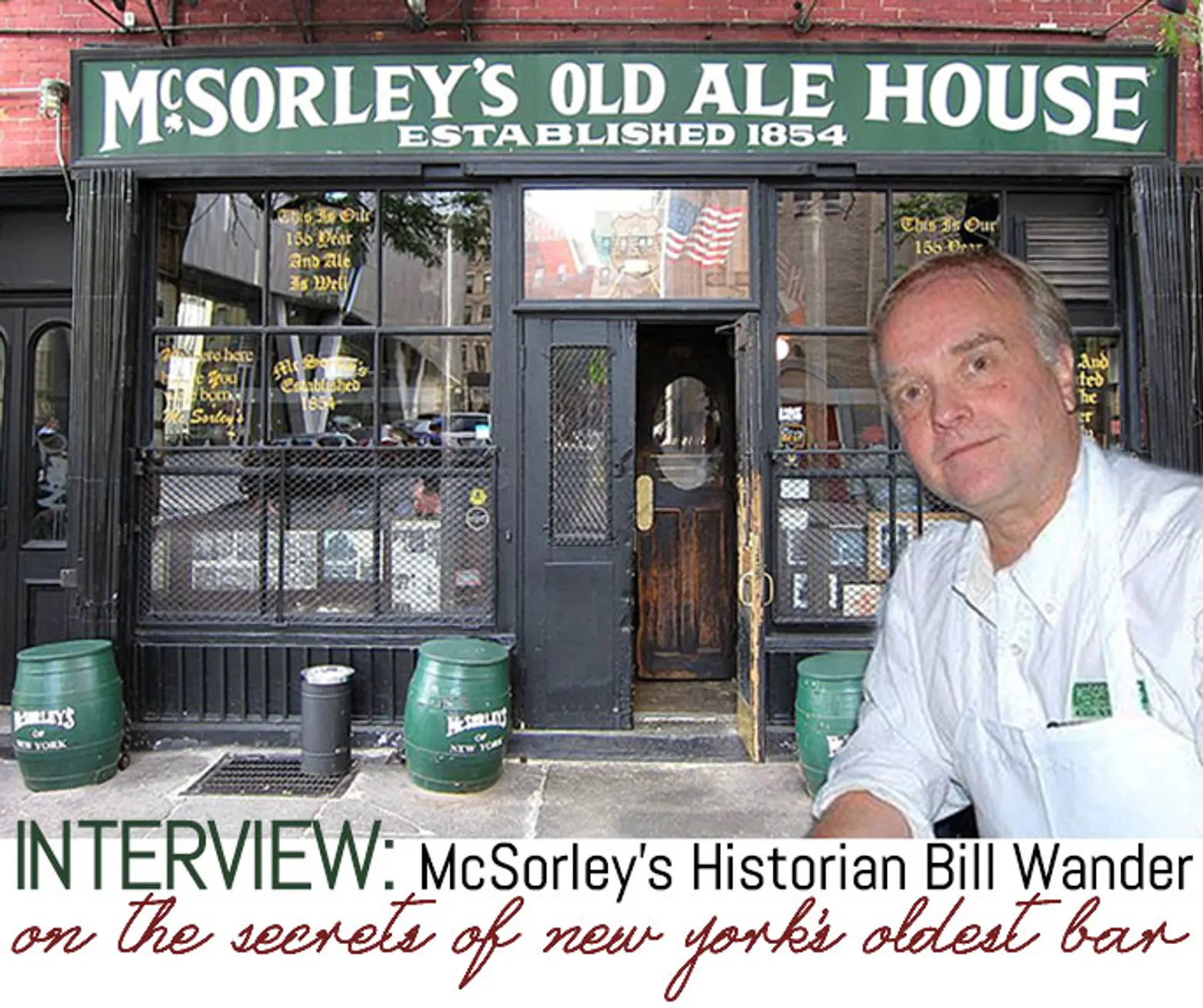
Undoubtedly, there are hundreds of New Yorkers and out-of-towners planning to stop by McSorley’s Old Ale House today for a St. Patrick’s Day round of beers. But beyond the brews and bros, there’s a deep history rooted in this East Village institution, and we’ve found the man who knows it all.
The official historian of McSorley’s, Bill Wander can give you the full timeline that dates McSorley’s to 1854, making it the oldest bar in the city. He can also fill you in on all the tchotchkes adorning the walls of this Irish tavern, none of which have been removed since 1910. But more important than the textbook facts related to McSorley’s, Bill has an undeniable passion for this watering hole, for both its important cultural history and the unique social atmosphere that keeps the bar a neighborhood mainstay after all these years. We recently chatted with Bill to find out some of the lesser-known details about McSorley’s and what the title of “official historian” entails.
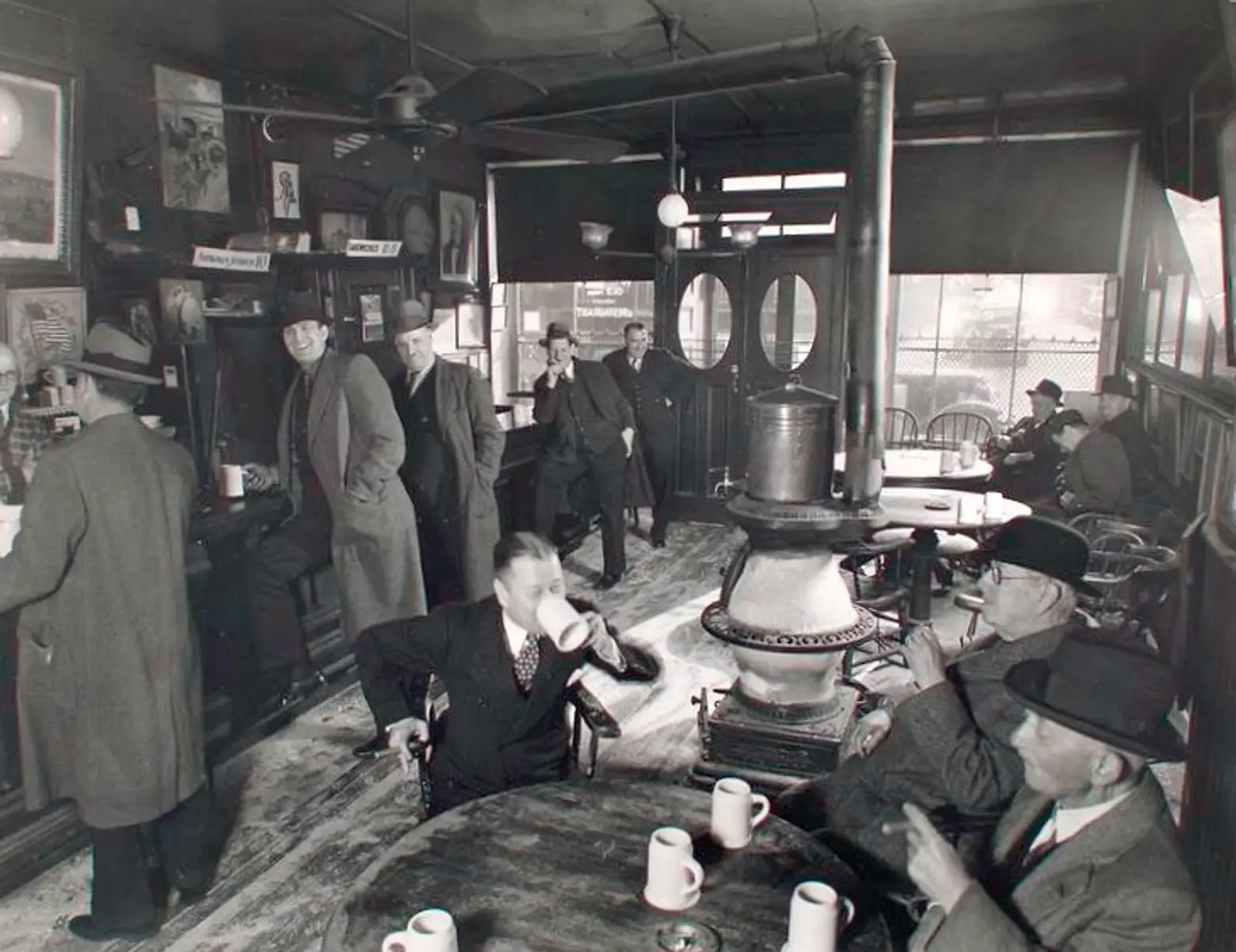
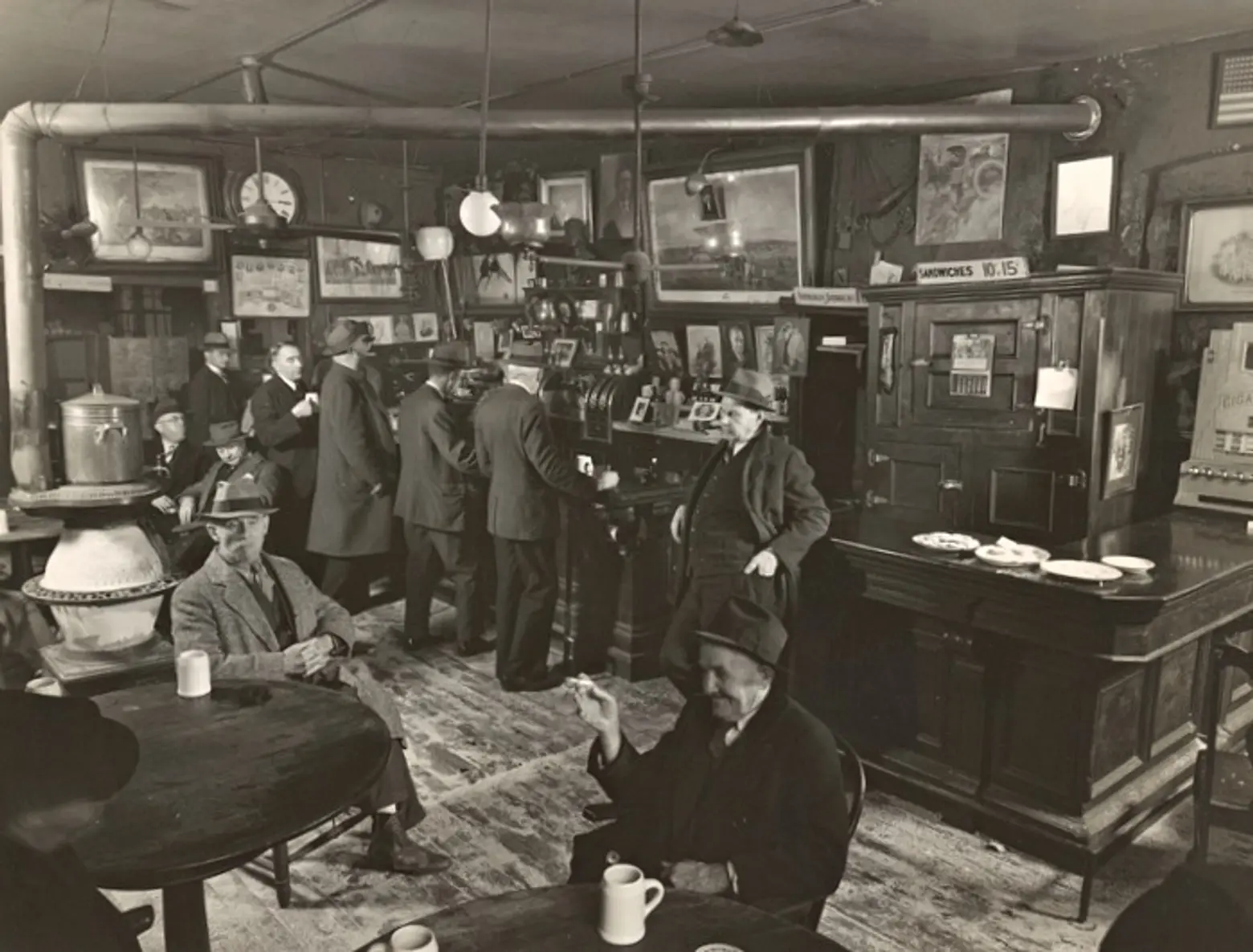
McSorley’s in 1937, taken by Berenice Abbot, via NYPL
How did you assume the role of official historian at McSorley’s?
I usually answer that by saying, “I had the library card.” And I give it a second or two for the joke to work.
McSorley’s founding date was challenged in the mid 1990’s. I realized that while the greatest piece ever written about McSorley’s was Joseph Mitchell’s 1940 New Yorker article “The Old House at Home.” But what did we know beyond that? I spent one day in the library and found the trail lead right to 1854. I took what I had back to Matty Maher, McSorley’s owner, and he asked me if I’d stay on it. We shook hands with the agreement that we would stand or fall on the evidence. My reward was the title of historian. I had been a researcher in the documentary film world for years, but never tackled primary research. This was before Ancestry.com–census records were on scratchy microfilm, and you found things with an indexing system called Soundex. In a way it was better than the digitized versions–I often found things that had been mis-filed or mis-transcribed.
So my bulging file cabinet, and pile of notes, is a bar bet that got out of hand.
Can you give us the background on John McSorley and what it was like when he first opened the tavern in 1854?
John McSorley is considered a famine immigrant–his ship landed in New York in January of 1851. He is not a dirt-poor Irishman–he has relatives here, one a successful businessman, who probably paid John’s passage. He does everything wrong–his saloon is in a neighborhood that is more German than Irish, and his offering is ale, not lager beer, the popular drink of the time. He is not on a corner, and he is too close to a church. In the beginning the building was not five stories tall–there was nothing in the neighborhood that tall. Tavern is the wrong word–at the time tavern usually meant lodging and food. This was a saloon. In a town full of saloons. At first he shared the address–the bar room was only half the size it is today. It would be ten years before the landlord improved the building to a tenement with flats above and the entire first floor became a saloon.
It was a good location, a transportation hub–the horse cars transferred here, there was a booming market across the street, and the street was the uptown edge of the theater district. John’s landlord plays a large part in this–he is the social opposite of the McSorleys. He’s a lawyer, a southern transplant from Charleston, a former slave owner, protestant, and he left a paper trail, showing that his association with the McSorleys begins in 1852 and continues to his grandchildren in the 1940’s.
Over the years, there’s been a lot of debate about whether McSorley’s actually holds the title for the city’s oldest bar. In fact, just last month Neir’s Tavern in Woodhaven, Queens said that it opened in 1829, 30 years before McSorley’s. How do you defend McSorley’s title?
I can’t comment on Neir’s–I haven’t seen the research yet. It may very well be that a business of bar/tavern/of one sort has been there over the years–so I am anxious to see the details. The last time McSorley’s age was called in to question, the challenger’s evidence turned out to be cherry picked–closures and ownerships were left out, a trucking company occupying the premise ignored, documents misinterpreted at best, misrepresented at worst. The newspapers took off–none of the press checked any of the claims, proclaiming that “city records showed it to be an empty lot,” and declaring a “gotcha” to McSorley’s. Nobody grasped the fact that tax records are kept in fiscal years, and no one is taxed on what they are going to have. Rather than showing that McSorley’s is not there, it shows that it is–right on time.
McSorley’s title “oldest” goes back to the end of Prohibition. The day after it ended, a New York Newspaper proclaimed that title (strangely enough they knew right where to find McSorley’s). But McSorley’s has the advantage of its stubborn refusal to change for fad or fashion, something that was noted when the place was less that forty-five years old. Neir’s has had to change to keep a business going, but no matter how this sorts itself out, neither business will change or suffer from the facts.

1912 painting by John Sloan titled “McSorley’s Bar”
Has the ownership changed much over the years?
Depending on how you count, there have been seven owners of McSorley’s–John, his son Bill, then Dan O’Connell who bought the place. Daniel’s daughter Dorothy inherited McSorley’s at his death. Dot’s husband Harry managed the place and was the owner for the briefest time, a few months after his wife’s passing away. Some people don’t count Harry, as the estate was still in court when he died. Their son Danny owned it then, but decided to sell it to the current owner Matthew Maher, a trusted employee since the early 1960’s. But in 161 years, that ownership covers only three families.
The bar didn’t allow women in until 1970. Tell us a bit about how that came to be (and did they have a restroom?).
It was not uncommon for respectable 19th century places to keep women out. A woman in a bar was considered to be up to no good. Women found their place at the bar with their foot on the rail after prohibition. McSorley’s policy in its time was not unique, but it outlasted the custom. By 1969, it was almost all alone, but even then, the Biltmore Hotel did not allow “unaccompanied” women at the bar either. McSorley’s didn’t allow them at all, even though the owner at the time was a woman, Dorothy Kirwan.
In January of 1969, Faith Seidenberg and Karen DeCrow traveled from Syracuse with the express purpose of being served at McSorley’s. They entered, were asked to leave, and then were escorted out. They brought suit against the bar, claiming that as they had a liquor license issued by the state, they had to serve all members of the public. By late June of 1970, a judge agreed with them and ordered McSorley’s to serve women. While that is often the story cited, that is not what brought women into McSorley’s. As soon as the judge ruled, McSorley’s filed an appeal. City Council woman Carol Greitzer sponsored an anti-discrimination law and that was signed in August of 1970 forcing the opening of McSorley’s to all. A lot of people don’t understand the actual action that brought women through the door. Seidenberg and DeCrow got the ball rolling, but it was Carol Greitzer who finished the job.
There was no ladies’ room for another 15 years because the law stated that they only needed sanitary facilities for their employees, and McSorley’s only had men on the payroll. So, the “sanitary facilities” were shared. McSorley’s didn’t rush into this in case it was a fad.
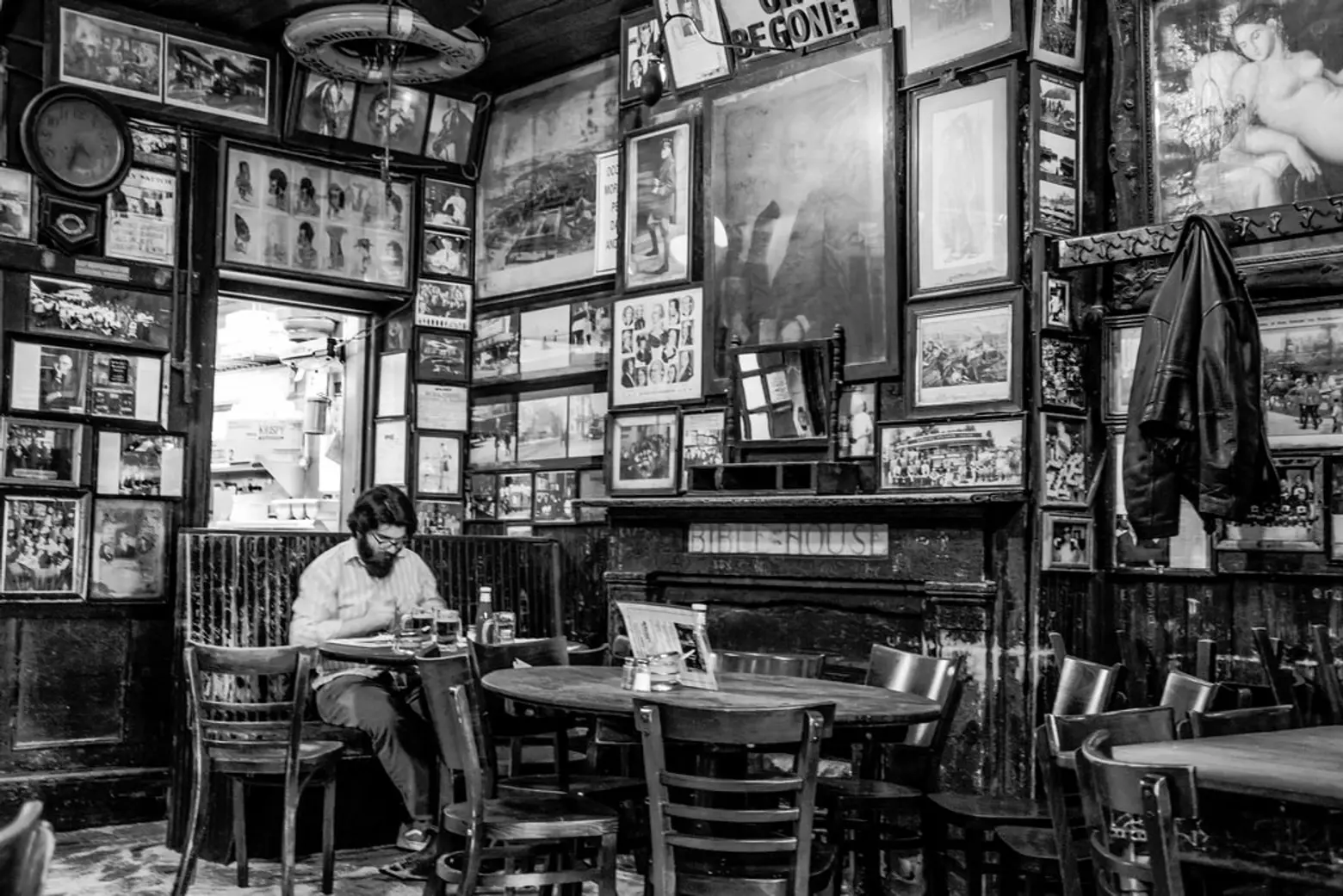
Inside McSorley’s © MsSaraKelly on Flickr
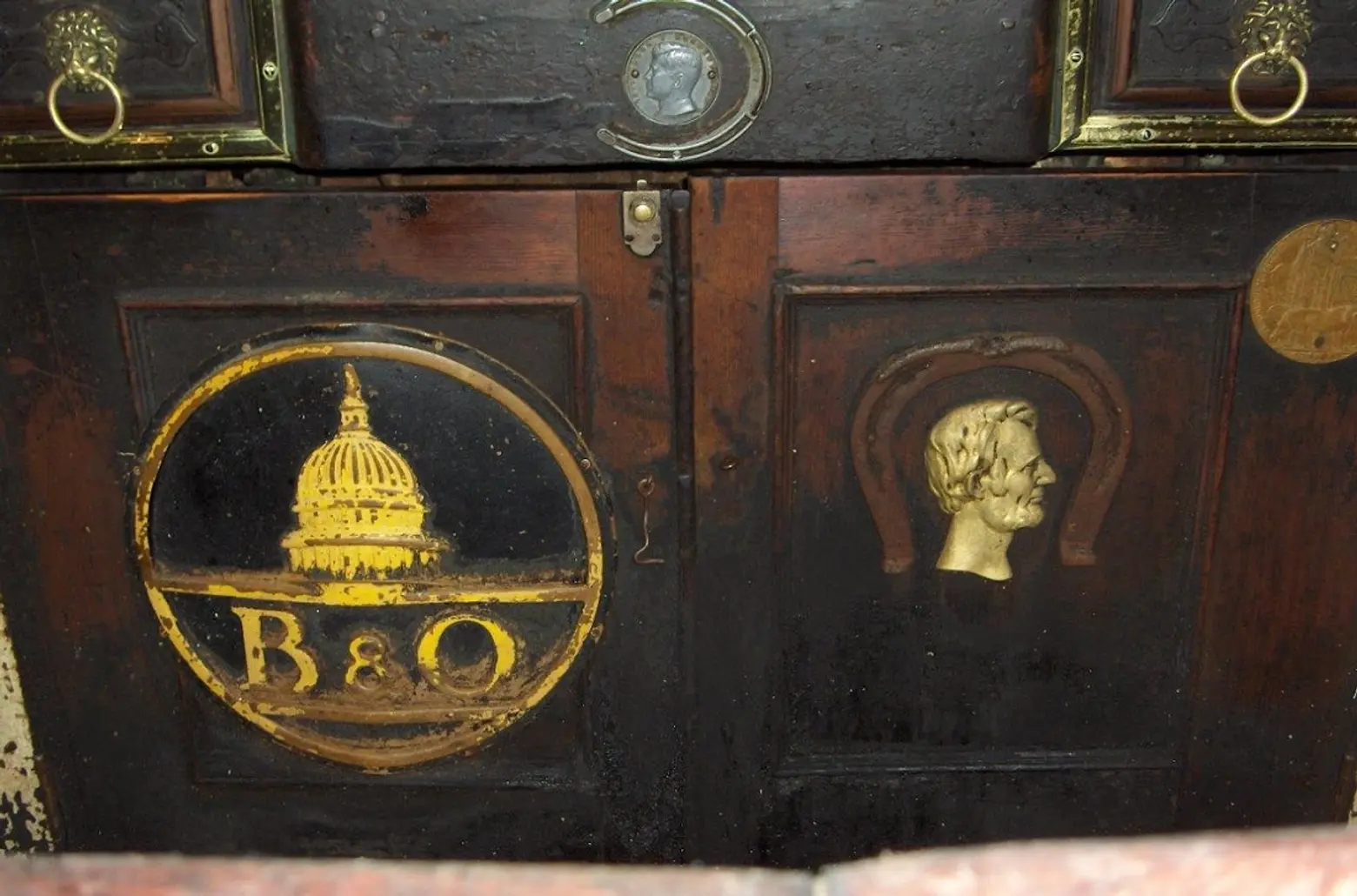
The horseshoe surrounding a relief bust of Abe Lincoln behind the bar © Bill Wander
Today, the bar is a kind of museum to its own history, full of old tchotchkes, newspaper clippings, and photos of famed persons who have passed through the doors, such as Abraham Lincoln, Theodore Roosevelt, John Lennon, and Woody Guthrie. What are some of the quirkier of the mementos? And do you have a favorite?
There are the shackles worn by a prisoner of war from the Civil War, an opium pipe, and there are rumors of the ashes of more than one regular. I like the Fenian bond, and there is a huge horseshoe that surrounds a relief bust of Abe Lincoln. The legend says that the shoe came from one of the horses that pulled Lincoln’s hearse.
What’s with the sawdust on the floor?
It’s one of those anachronisms of McSorley’s because once upon a time, in the days of spittoons, not everybody had good aim. Likewise any other spillage. Sawdust is absorbent, and you can make any kind of mess that you might find on a saloon floor sweepable. It would also make it easy to slide a keg or beer box across the floor.
McSorley’s famously only offers two bar options–light beer or dark beer. How do you find the younger generations of patrons respond to this limited menu in the age of artisanal brews?
It comes down to the difference between beer and ale–to a brewer they are not interchangeable. McSorley’s is an ale house. After prohibition, many of the beer and ale styles vanished. Tastes favored light frothy drinks (think “the King of Beers” regional styles), and seasonal brews were gone. McSorley’s had ale and kept the flag of ale flying when ale was all but forgotten. Now look at recent fads in brewing. Manhattan Brewery? Gone. New Amsterdam? Micro- breweries come and go. There are only so many styles of beer and ale, and the fad brewers are left with tricks–hot peppers, fruit flavors, crazy amounts of hops– trying to outdo each other. Long after they are gone, McSorley’s will still pull you a light or a dark. Limited menu? You didn’t come here to change the place.
How would you describe the bar’s regulars?
Over fifty years ago manager Harry Kirwan described a McSorley’s regular as someone who had been coming there for thirty years. That necessarily makes a regular a certain age. There are regulars from the neighborhood, either residents or workers. They are retired merchant mariners, book editors, real estate agents, a librarian, and once inside the doors they are members of a society without classes. I’ve sat at a table with multi-millionaires, and with students who just about had the price of an ale. They’re tourists, Knickerbockers, and “pilgrims” in search of history.
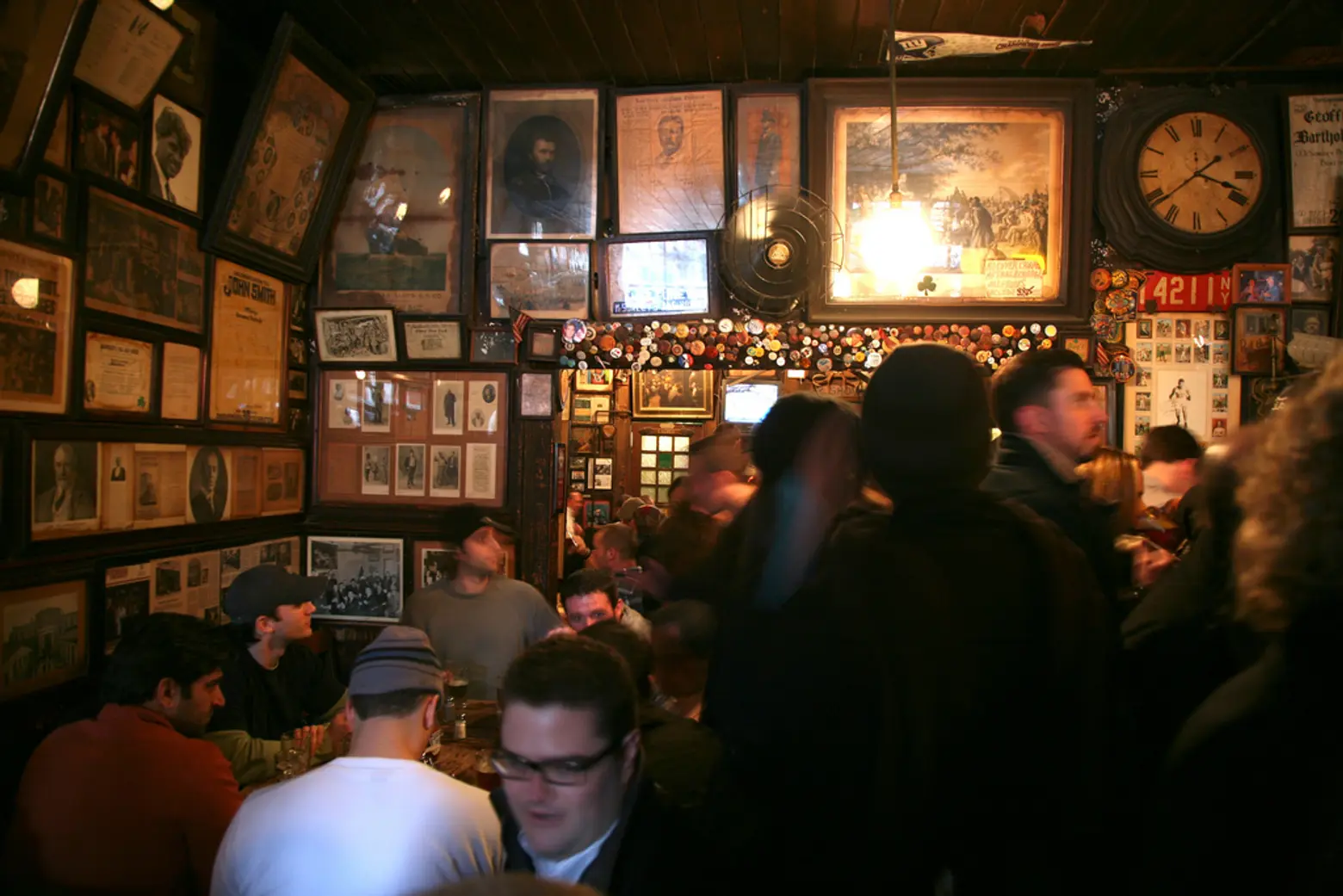
The busy interior of the McSorley’s historic bar © Flickr user Vincent Desjardins
You’re working on a book about McSorley’s; when can we expect to find it on shelves?
I could say “Christmas” and not say what year. Every time I think I am closing in on completion, something else roars in over the transom. Many people come in claiming kinship to the McSorleys. Last year somebody did who actually was and descends from John’s sister. The revelations about the in-laws painted a picture of Old John as sharing the trade. I stumbled on the obituary of John’s grandson and finally found what happened to John’s daughter–and it explains the fondness that Tammany Hall politicians had for the place.
Other than McSorley’s what are your historic interests?
I am fascinated by New York City in the last half of the 19th century. I’ve researched house histories for friends, answering questions like “who lived in my house 100 years ago?” and “when did that addition change the house?” I got off on a tangent while researching a McSorley’s lost tradition–the Beefsteak Banquet–and I delivered a presentation to the New York State Historical Association tracing it back to the 18th Century in Manhattan, and coincidentally a Beefsteak revival has sprung up.
Okay, last question, and the one our readers are probably all wondering, how often do you frequent McSorley’s?
I can be in there three times in a week, and then not for three months. That does not mean I’m partaking of “the ale that never lets you grow old,” in the words of e.e.cummings. Sometime it’s to check a fact, sometimes for lunch, and sometimes “just for one. . .” I can’t put away as much as I used to, but that leaves more for everybody else.
***
[This interview has been edited]
RELATED:
Get Insider Updates with Our Newsletter!
Leave a reply
Your email address will not be published.
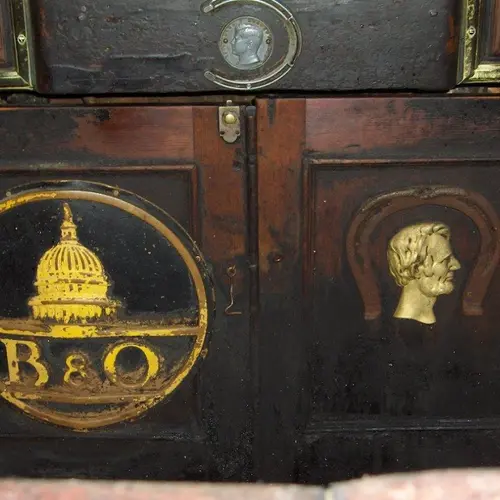
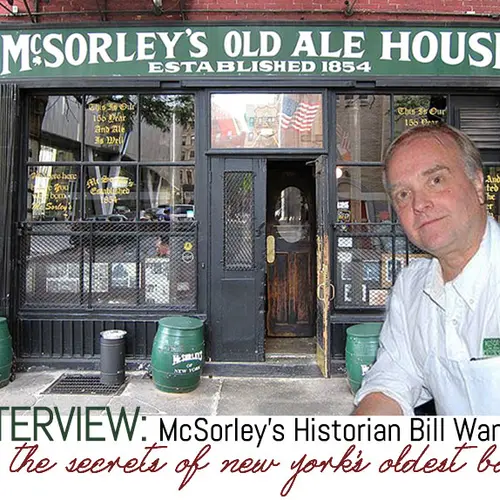
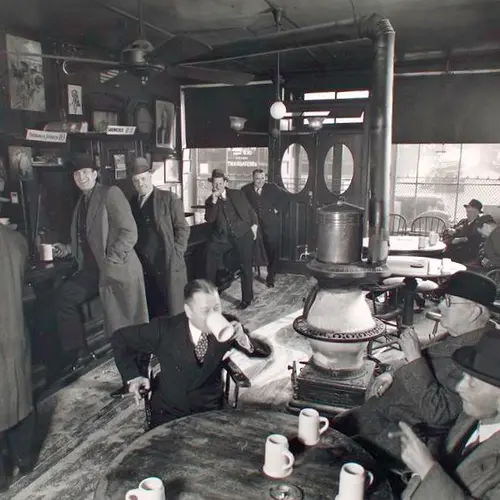
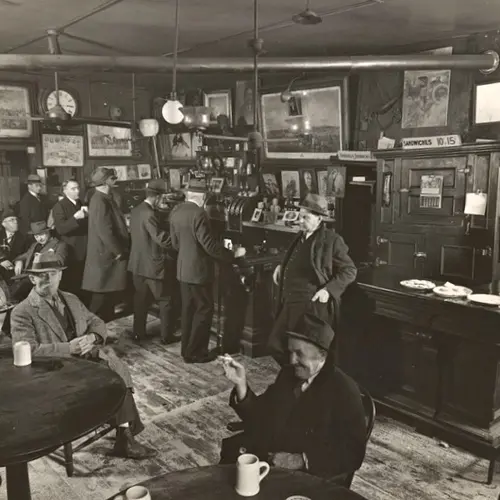
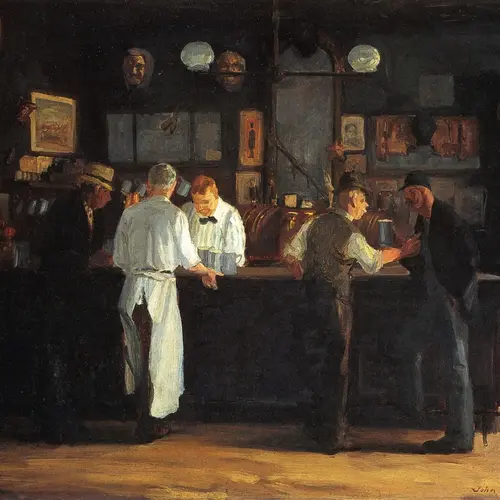


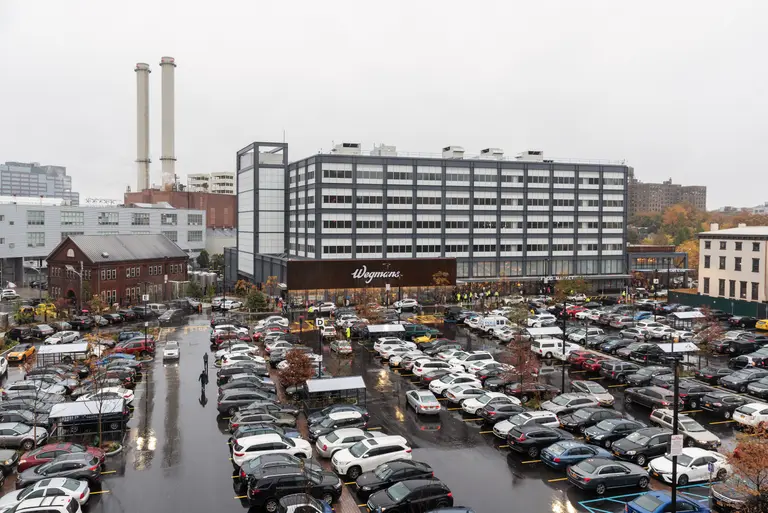
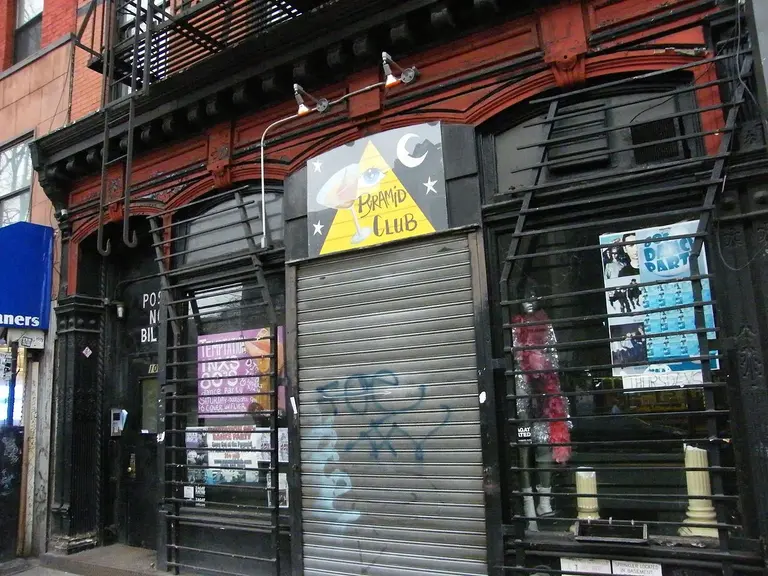
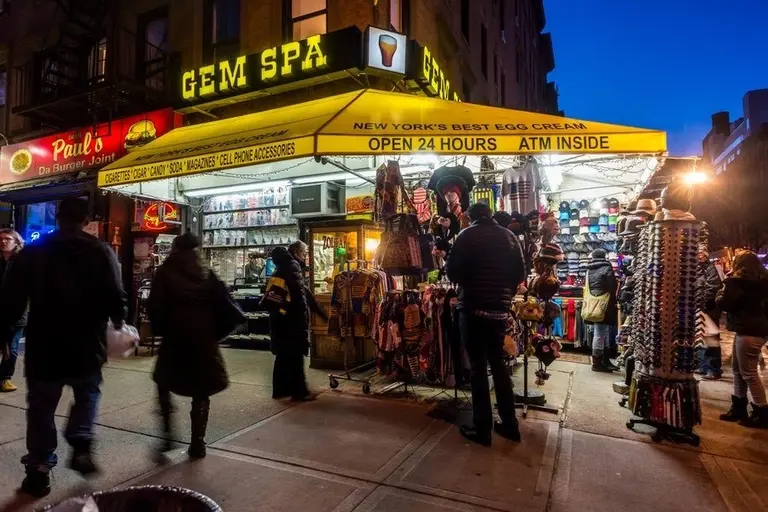
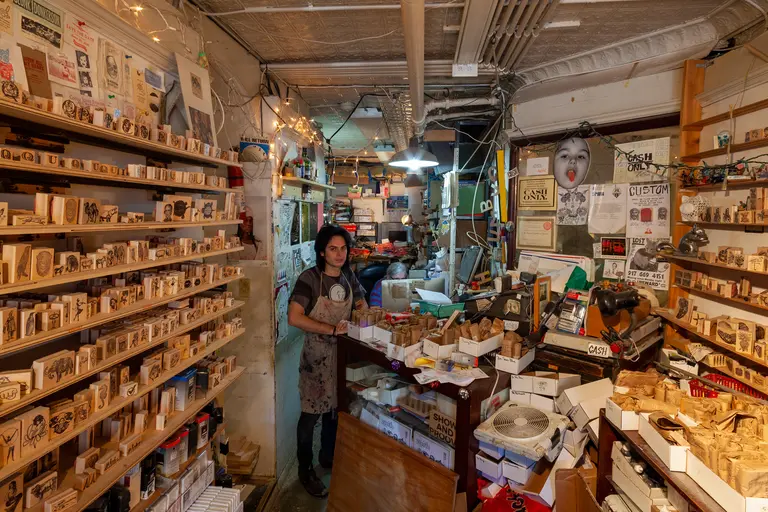





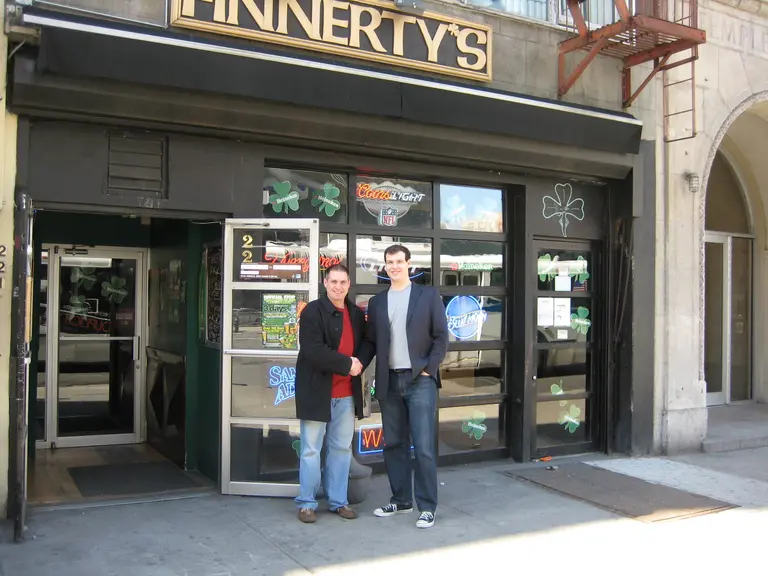
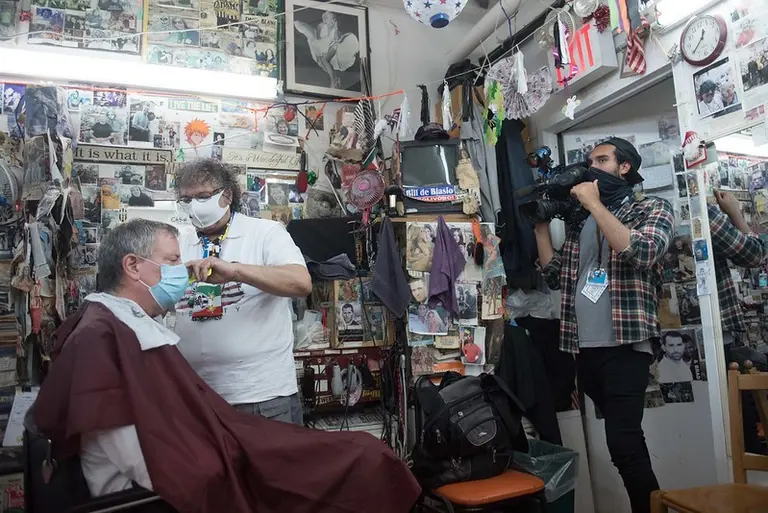
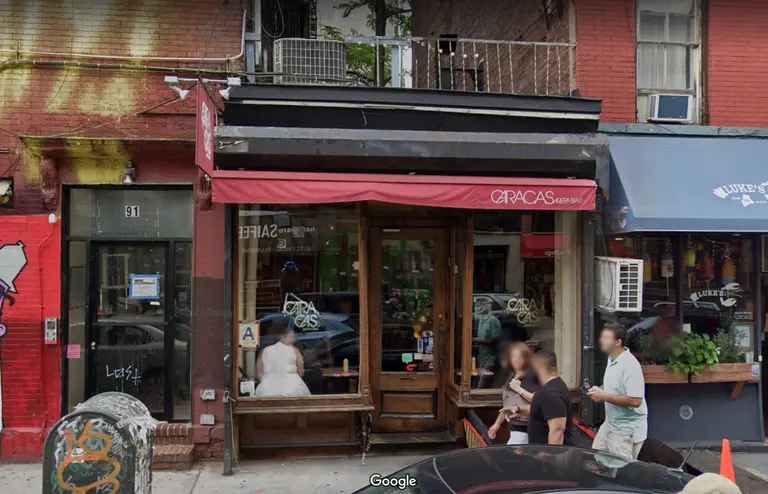
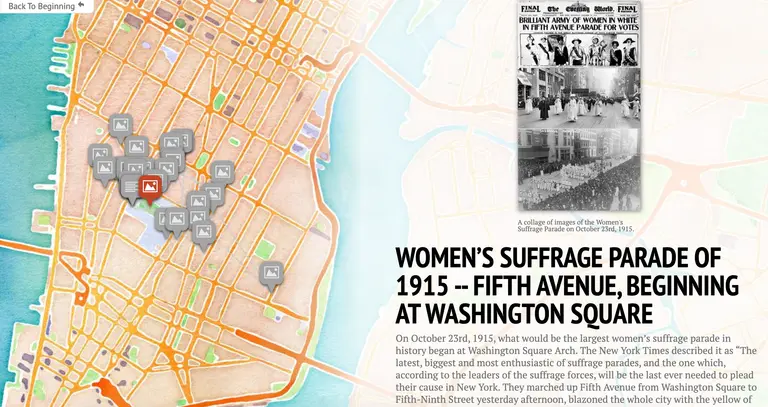
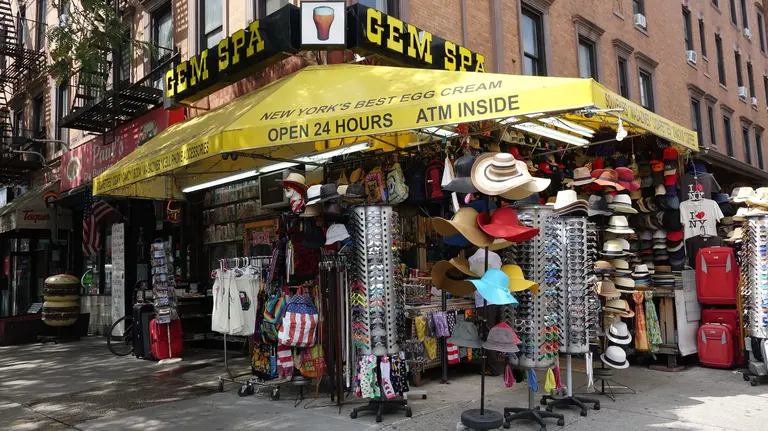












It was a lot of fun reading your article. I have had many doubles at McSorley’s. We are all connected…My friend Stephen Paul DeVillo has a new book coming out – The Bowery: The Strange History of New York’s Oldest Street and of course discusses McSorley’s. What he may not have mentioned, is that John Wroughton Mitchell, who died July 31, 1878 & estate owned the lot and building from the 1850’s to 1888 and is in a NYC land-marked district. Mr. Mitchell’s daughter Anna H. married Peter C. Van Schaick April 24,1850 and she died October 19, 1876. Mr. Van Schaick in his will directed his estate in 1880 to have a Library built in Anna’s honor and donated to the Town of Westchester, now in the Bronx at 9 Westchester Square. The Library was designed by Frederick Clarke Withers, built by John Henderson & Sons and is now land-marked as the Huntington Free Library, of which I am President.
PS Based on Mr. Mitchell’s work with the Episcopal church, his wife Caroline Green, sister of Timothy Ruggles Green of Massachusetts ( trustee of Brown University and was active in religious circles) and Law partner with Mr. Mitchell, I do not believe Mr. Mitchell owned slaves. He may have documented ownership and treatment, but I do not believe he actually owned slaves.
In 1994 the late Richard McDermott research determined that McSorley’s site was still an empty lot in 1861.his research was backed by the AIA GUIDE TO NEW YORK CITY, AND THE NEW YORK TIMES.
Thank you for sharing! I really enjoyed all the photos & history!